A Wiltshire father has stumbled across the find of his life while doing some DIY - accidentally unearthing one of the largest Roman villas ever discovered in the UK.
Luke Irwin was laying some electricity cables for an old barn at his home when he was astonished to find the remains of what appeared to be a Roman mosaic.
Recognising that this could be a somewhat significant find, Irwin quickly called in the Wiltshire Archaeology Service and Historic England (formerly English Heritage).
Archaeologists were thrilled to find that the mosaic was actually part of a grand villa built sometime between 175 AD and 220 AD.
It is understood that the house was a three-storey structure, probably own by a very wealthy and powerful family, and was repeatedly re-modelled right up until the mid-4th century.
A number of other fascinating artefacts were found among the remains of the villa, including discarded oyster shells and a perfectly preserved well.
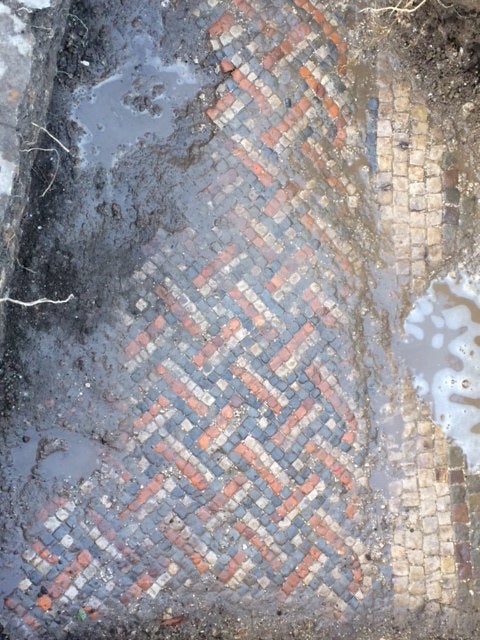
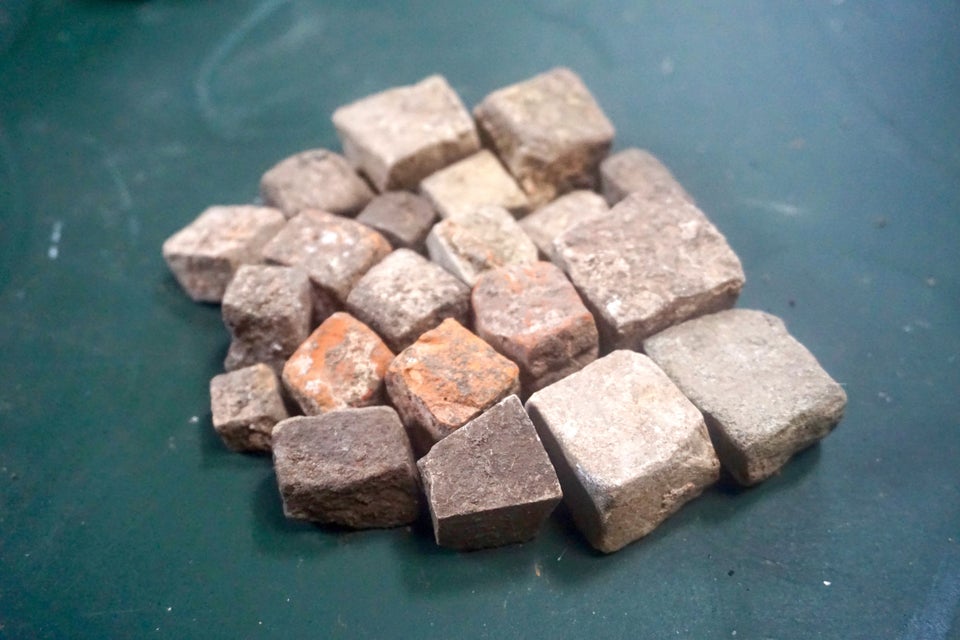
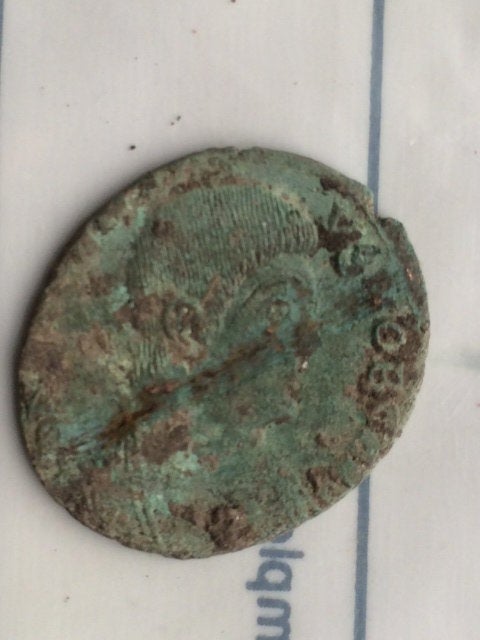
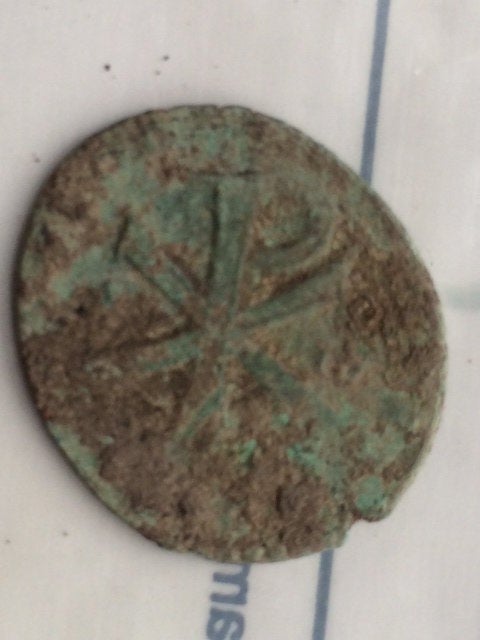
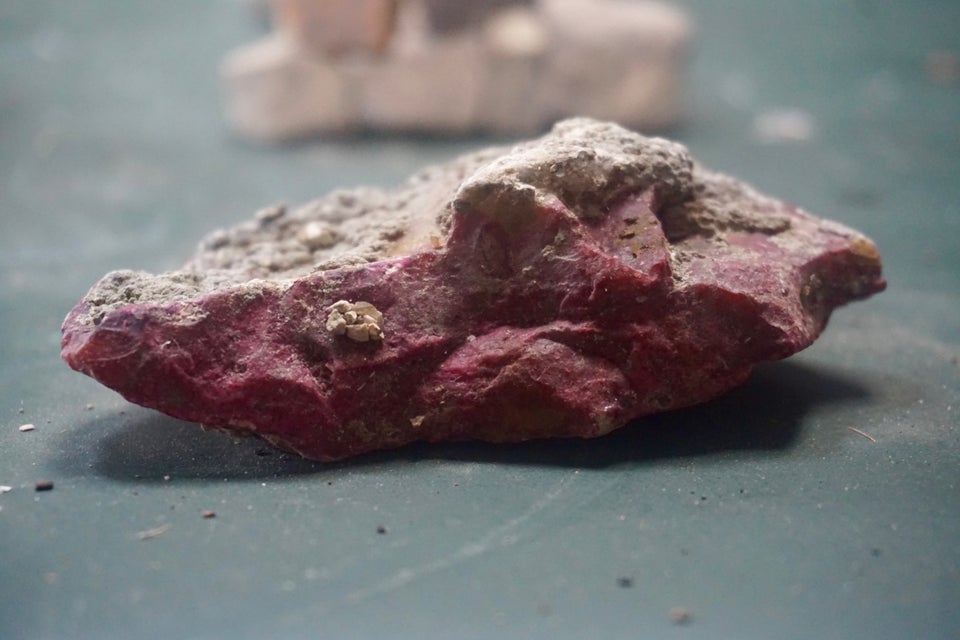

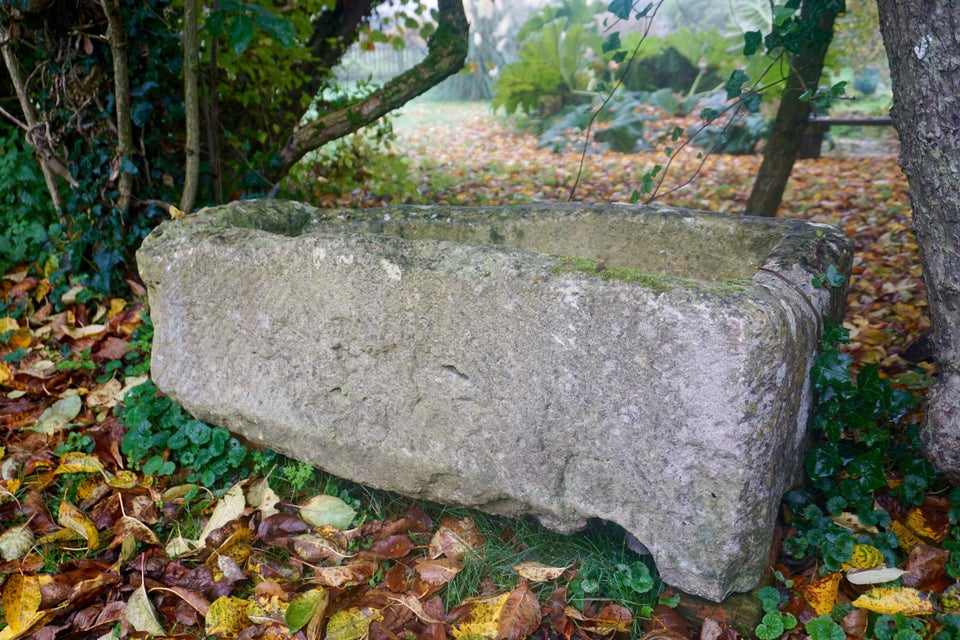
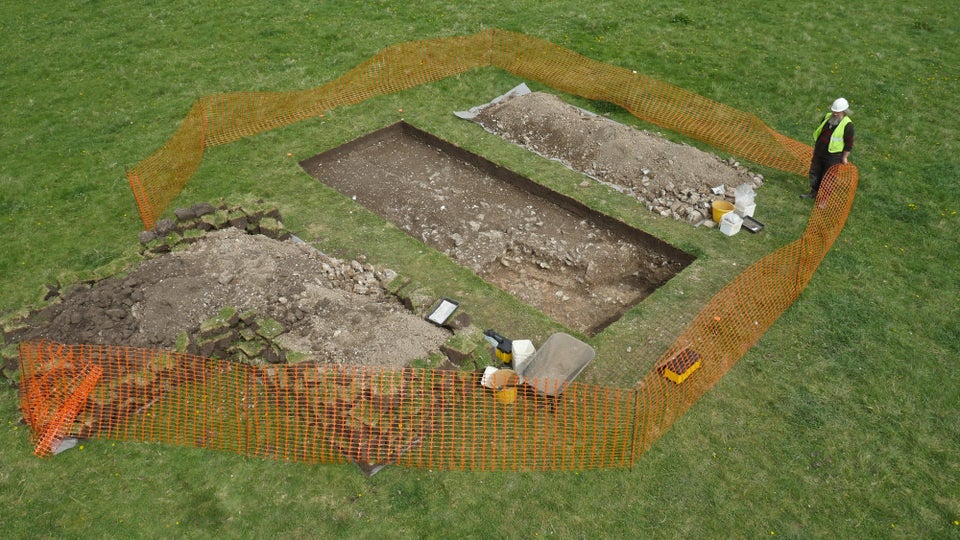
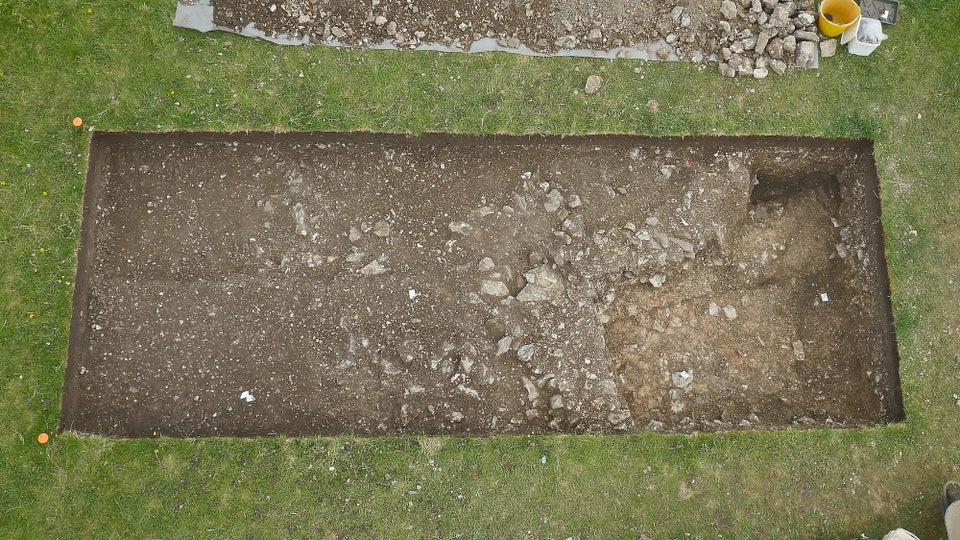
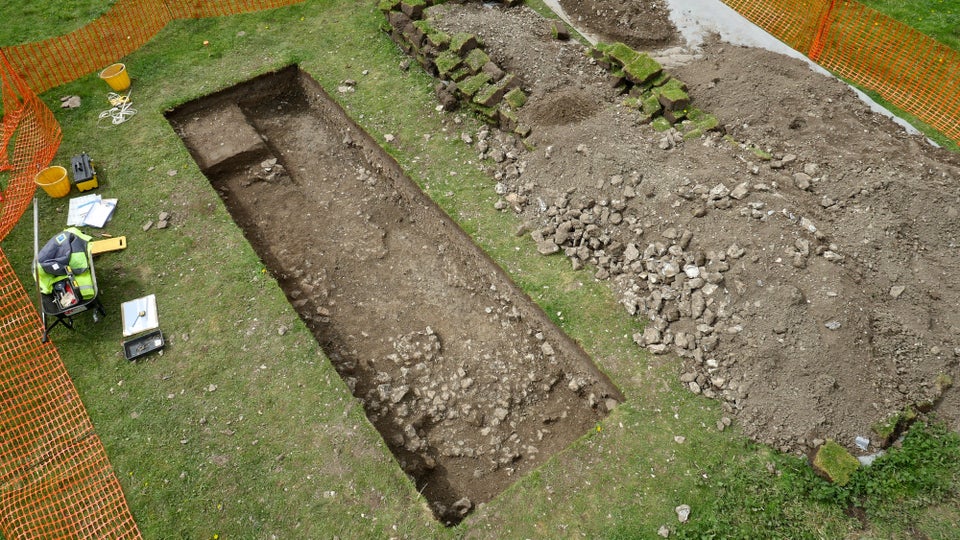

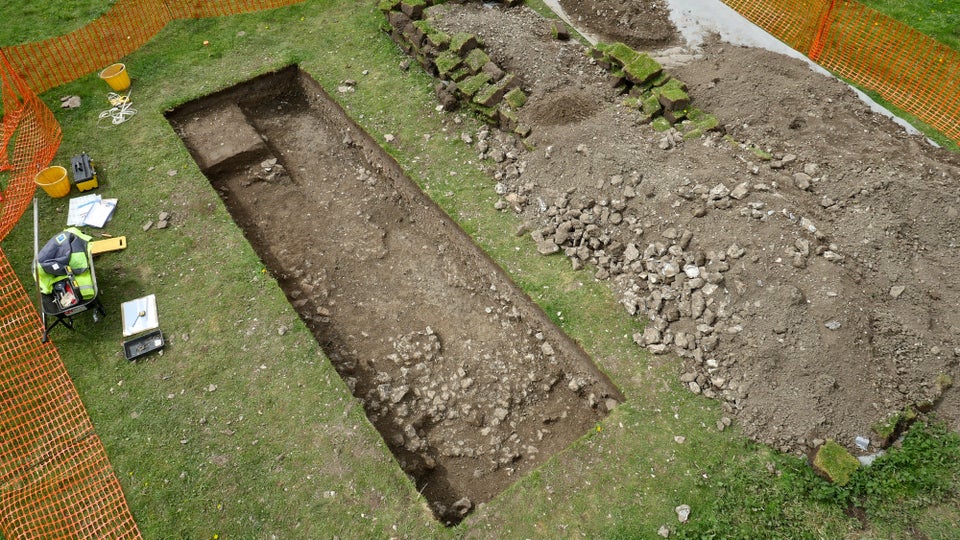
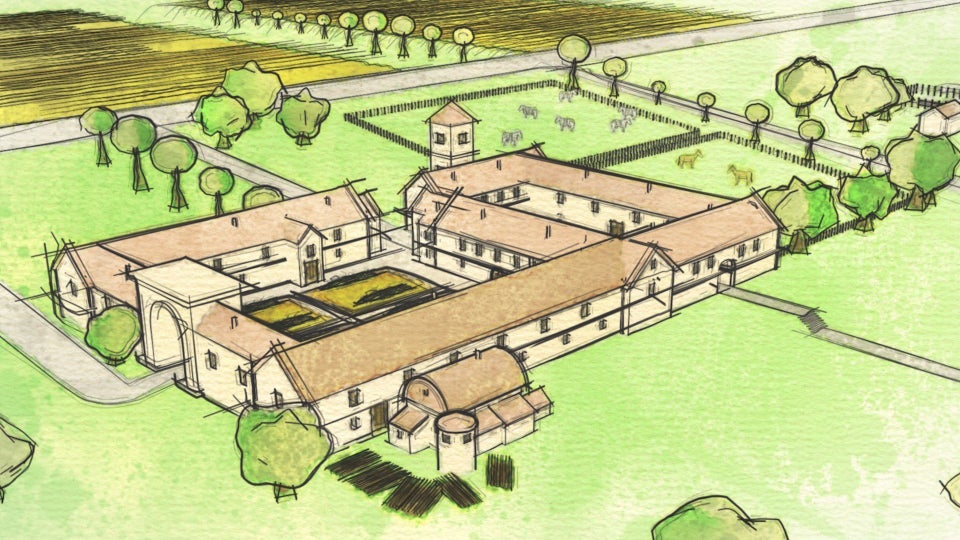
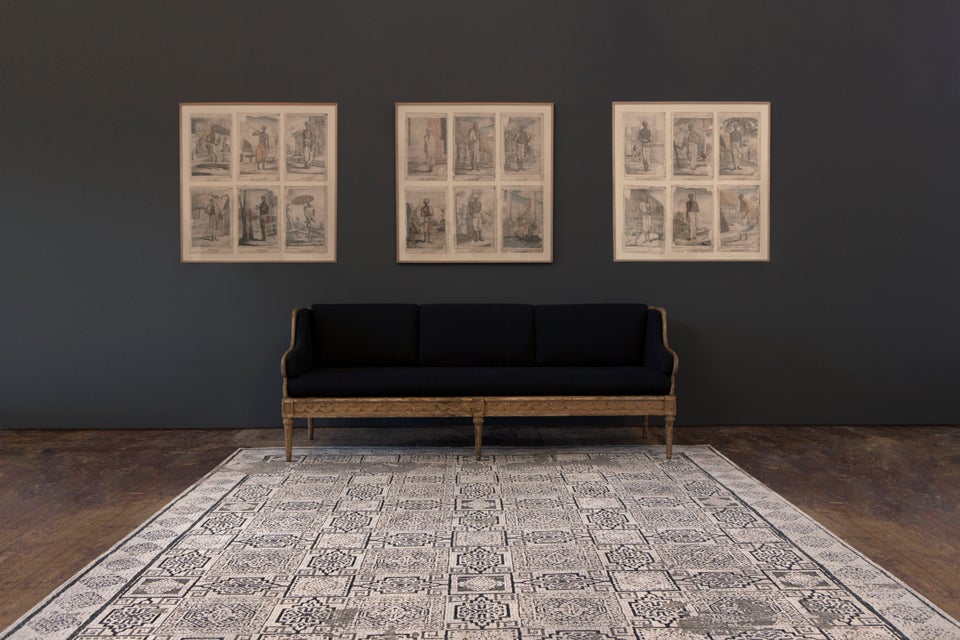
Perhaps most movingly, experts also identified that a stone container that had been used to hold geraniums was actually the coffin of a Roman child.
Historic England Archaeologist Dr David Roberts said: “This site has not been touched since its collapse 1,400 years ago and, as such, is of enormous importance.
"Without question, this is a hugely valuable site in terms of research, with incredible potential. The discovery of such an elaborate and extraordinarily well-preserved villa, undamaged by agriculture for over 1500 years, is unparalleled in recent years.
"Overall, the excellent preservation, large scale and complexity of this site present a unique opportunity to understand Roman and post-Roman Britain. ”
Leading British historian and award-winning author Simon Sebag Montefiore added: "This remarkable Roman villa with its baths and mosaics uncovered by chance is a large, important and very exciting discovery that reveals so much about the luxurious lifestyle of a rich Romano British family at the height of the empire.
"I am not a Roman expert but it is an amazing thought that so much has survived almost two millennia."
Irwin, a rug designer, said he was "overwhelmed" by the finding under his home and said that the discovery fired his imagination to create a range of rugs inspired by the mosaic.
He said: “I was overwhelmed by the realisation that someone’s lived on this site for 2,000 years. You look out at an empty field from your front door, and yet 1,500 years ago there was the biggest house, possibly, in all of Britain.
"The link to the collection is my perpetual desire to be immersed in history. It’s the sense of wonder. It’s how time just drifts on. When you hold a tessera [mosaic tile] in the palm of your hand this history feels tangible it’s like an electric shock.”
This is the latest in a string of exciting archaeological finds in the UK in recent months.
Archaeologists working on an area dubbed “Britain’s Pompeii” found a complete Bronze Age wheel - thought to be the largest and earliest of its kind in the UK - at Must Farm in Cambridgeshire earlier this year.